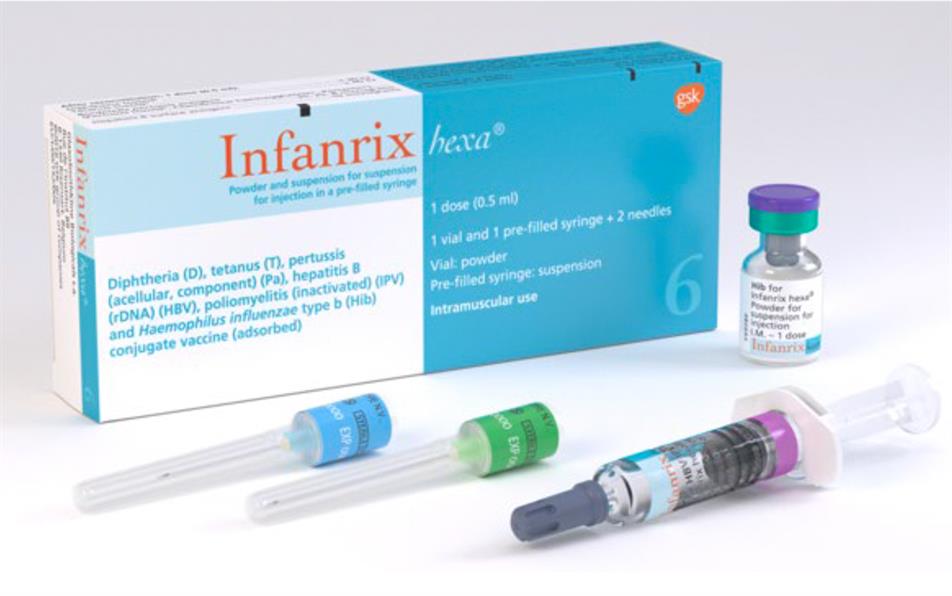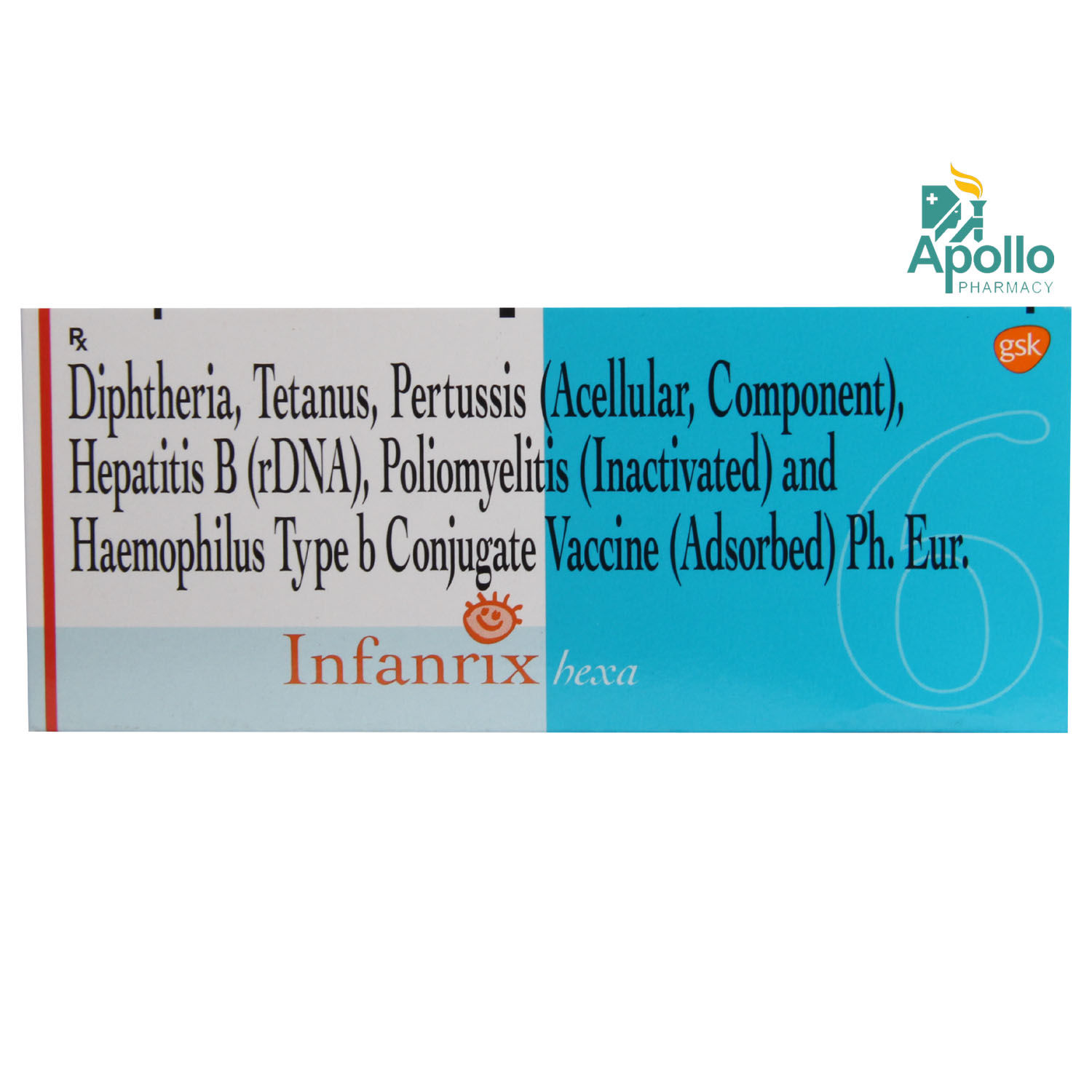


There are two brands of the 6-in-1 vaccine used in the UK. See more information on the Yellow Card scheme and monitoring of vaccine safety.

You can also contact the MHRA to ask for data on Yellow Card reports for individual vaccines. In the UK you can report suspected vaccine side effects to the Medicines and Healthcare products Regulatory Agency (MHRA) through the Yellow Card Scheme. If you are concerned about any reactions that occur after vaccination, consult your doctor. This means that the overall rate of anaphylaxis is around 1 in 900,000. Around 117 million doses of vaccines were given in the UK during this period. In the UK between 19 there were a total of 130 reports of anaphylaxis following ALL immunisations.
INFANRIX HEXA 6 IN 1 VACCINE HOW TO
Healthcare workers who give vaccines know how to do this. It is always extremely serious but can be treated with adrenaline. Anaphylaxis is different from less severe allergic reactions because it causes life-threatening breathing and/or circulation problems. For more information on febrile seizures generally, see NHS Choices.Īs with any vaccine, medicine or food, there is a very small chance of a severe allergic reaction (anaphylaxis). Children can normally safely receive vaccines in the future. Symptoms such as fits can be very worrying for parents, but there is no evidence of long-term effects. This is mainly to check that it is the vaccine causing the symptoms, and not some unrelated disease. You should consult your doctor if your child experiences fits or HHE episodes after vaccination. As a result, HHE is now very, very rare and its precise frequency is unknown. Since 2004 a different type of pertussis vaccine, with just three or five components, has been included as part of the 6-in-1 and 5-in-1 vaccines. fits (also called febrile convulsions or febrile seizures)Įpisodes during which the infant may become blue, pale and/or limp, known as hypotonic-hyporesponsive episodes (HHE) used to be a rare side-effect of the type of pertussis vaccine - a whole cell vaccine - that was used in the UK until 2004.Very rare - affecting fewer than 1 in 10,000 infants at each dose:

Rare - affecting up to 1 in 1000 infants at each dose: This usually disappears and is not serious.
INFANRIX HEXA 6 IN 1 VACCINE FULL
You can see the full UK routine schedule for details of the other vaccines given to babies. The 6-in-1 can be given safely at the same time as other vaccines. Babies need three doses of the vaccine to get the full benefits. All babies born on, or after 1 August 2017 in the UK, are now given the 6-in-1. The 6-in-1 vaccine replaced the 5-in-1 vaccine in the UK in late 2017, when the hepatitis B vaccine was added. Both brands of the 6-in-1 vaccine offered in the UK (Infanrix hexa and Vaxelis) have a good safety record and provide excellent protection against all six diseases. Hib disease ( Haemophilus influenzae type b)īefore vaccines existed, these diseases killed thousands of children in the UK each year.The 6-in-1 vaccine is given to babies in the UK during their first year of life to protect against six serious diseases:


 0 kommentar(er)
0 kommentar(er)
